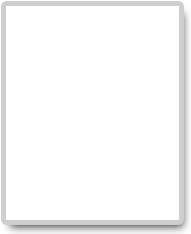ACTA Pharmaceutica Sciencia
2020 , Vol 58 , Num 4
Protective Role of Dichloromethane Extract of Solanum dasyphyllumin in Gentamicin Induced Nephrotoxicity in Mice
1 Department of Pharmacology, Olabisi Onabanjo University, Ago-Iwoye, Nigeria2 Department of Chemical Pathology and Immunology, Olabisi Onabanjo University, Ago-Iwoye, Nigeria
DOI : 10.23893/1307-2080.APS.05826 Viewed : 17491 - Downloaded : 4298 This study investigated the effect of dichloromethane extract of Solanum dasyphyllum on gentamicin-induced nephrotoxicity in mice. Thirty mice were randomly divided into six groups (Groups 1-6, 5 each). Nephrotoxicity was induced using 100 mg/kg gentamicin administered intraperitoneally with concomitant administration of different doses of dichloromethane Solanum dasyphyllum extract (SdDMF) (100, 200, and 400mg/kg respectively) orally for 8 days. After the treatment, blood samples were obtained, allowed to clot, and centrifuged to obtain the serum which was used to determine urea, creatinine, and blood urea nitrogen (BUN). Kidney tissue malondialdehyde (MDA) and glutathione (GSH) concentrations; and catalase (CAT) activities were also determined. Result revealed a decrease in tissue MDA, serum creatinine, urea, and BUN in the extract-treated groups. Also, increased tissue CAT activities and GSH concentrations were observed in the extract-treated groups. In conclusion, this study showed that SdDMF can be reno-protective and effectively inhibit gentamicin-induced nephrotoxicity. Keywords : Dichloromethane, Solanum dasyphyllum, gentamicin, nephrotoxicity, antioxidant





